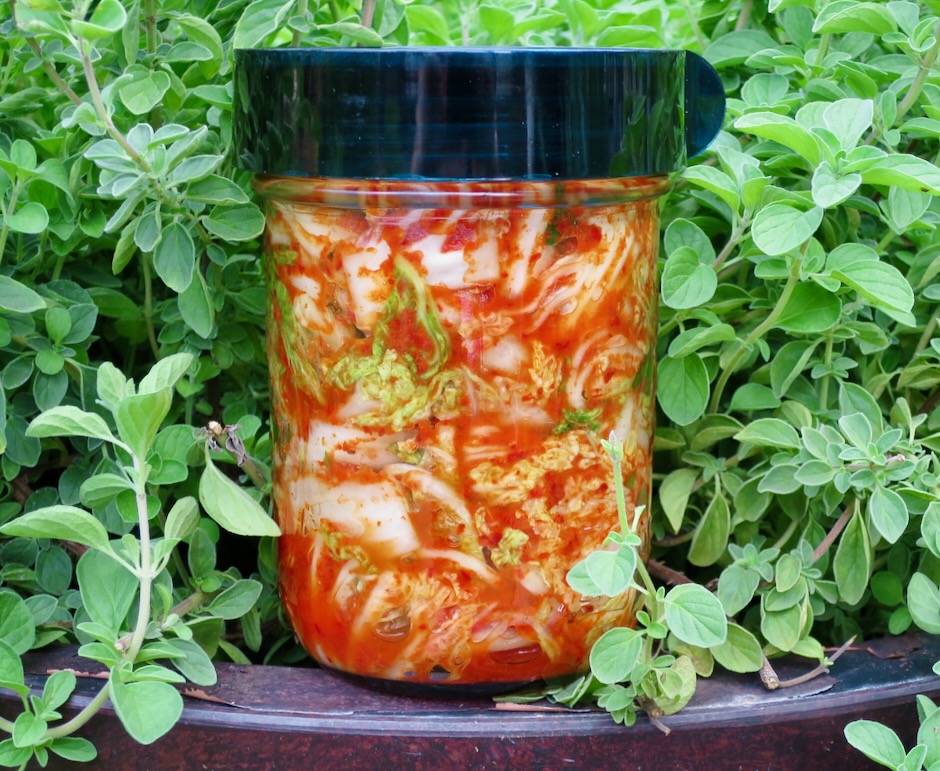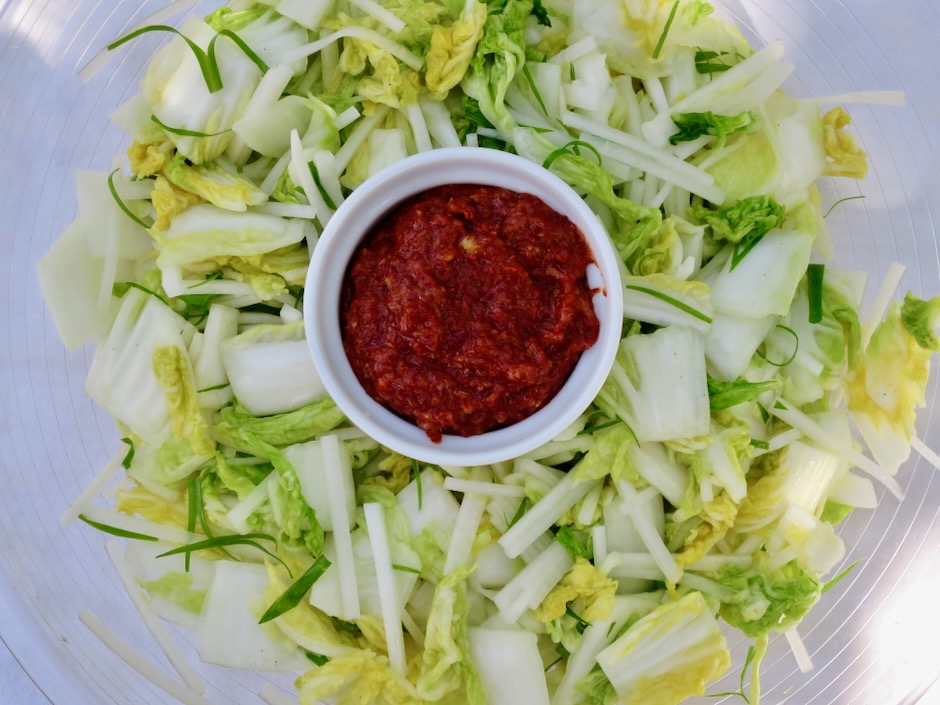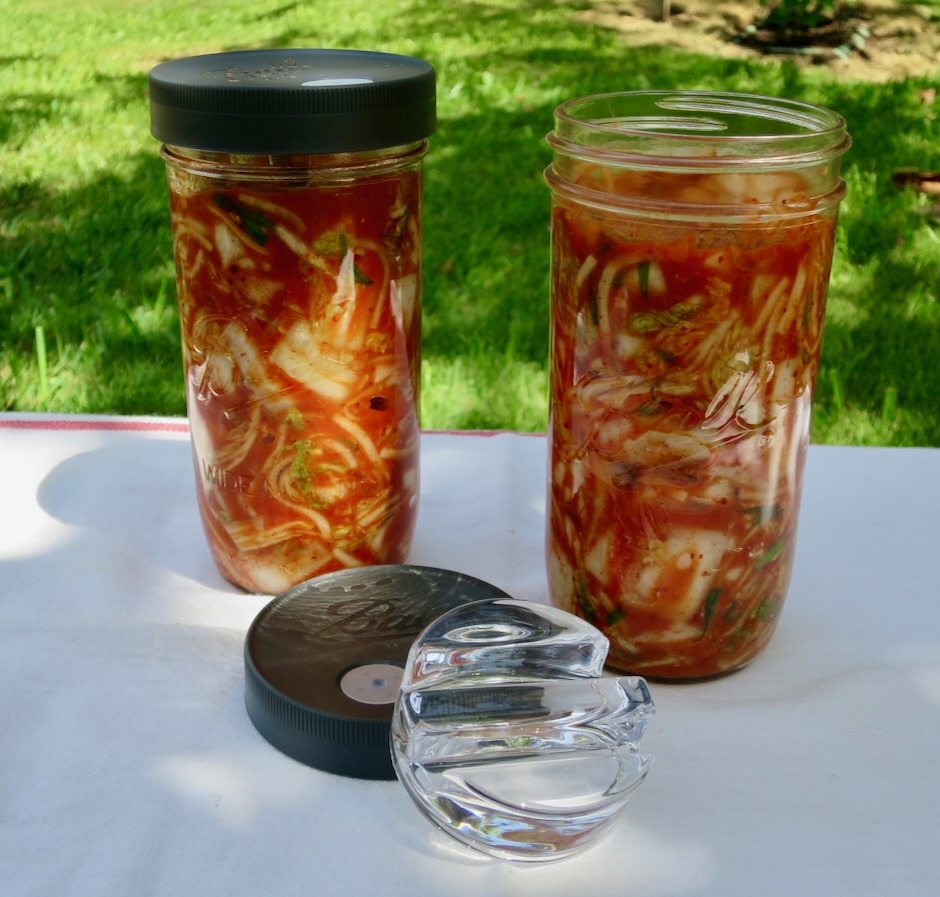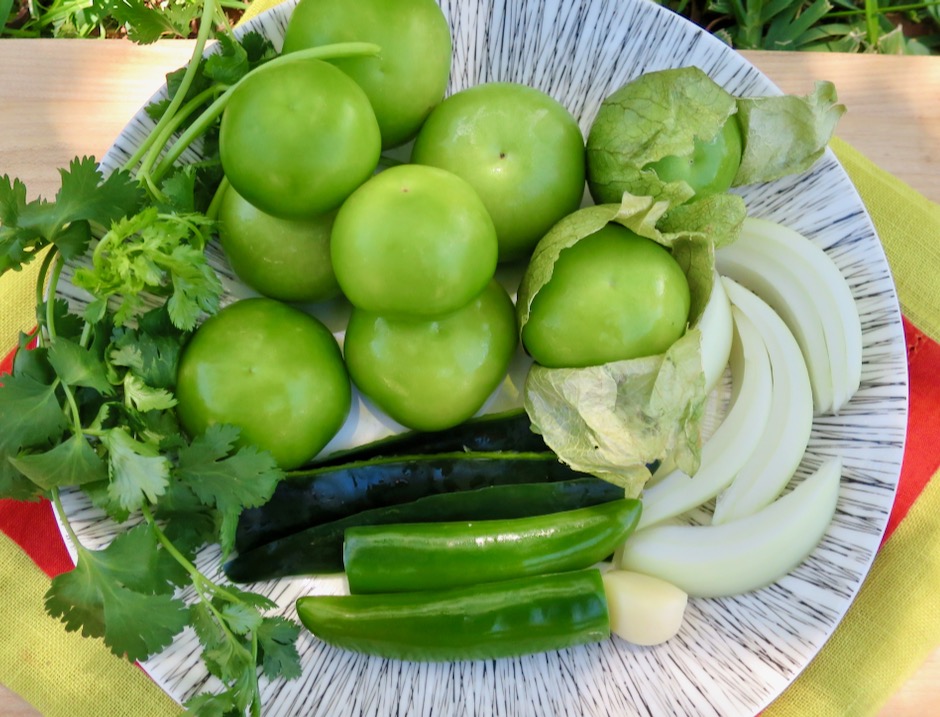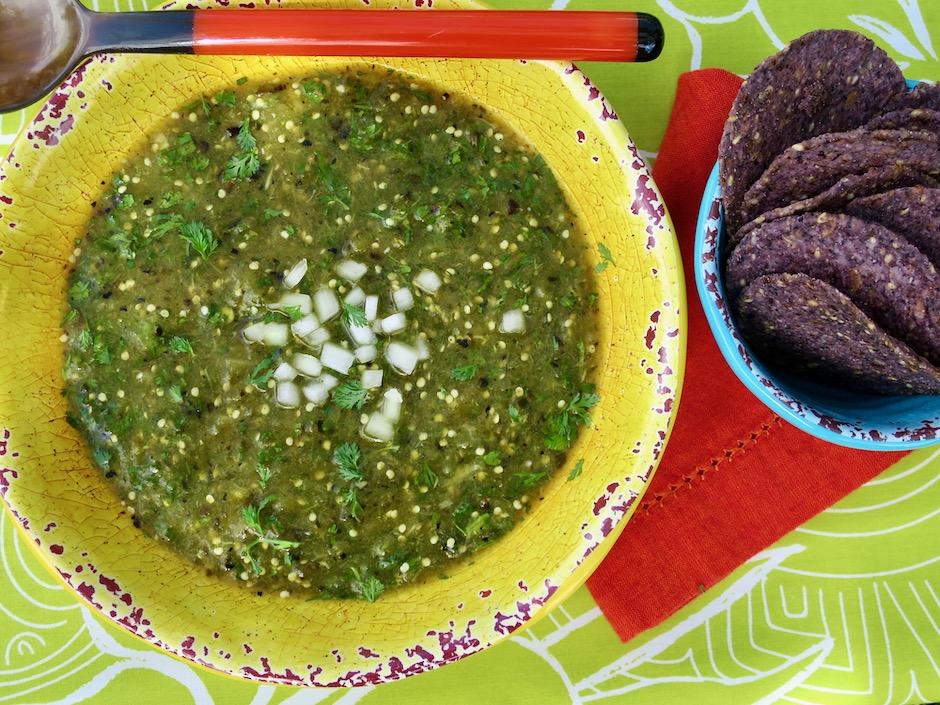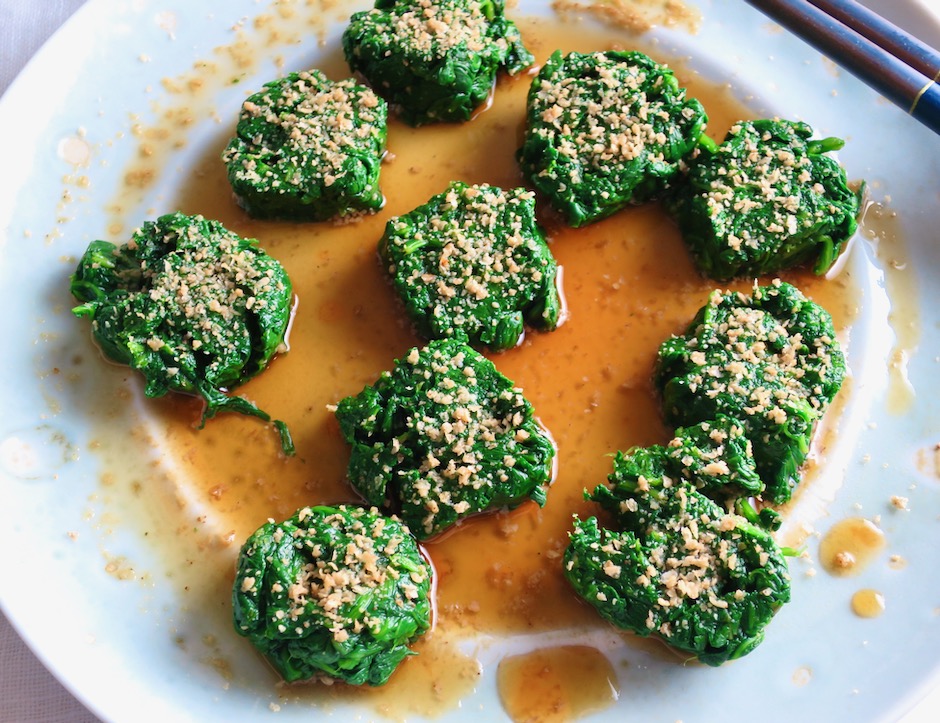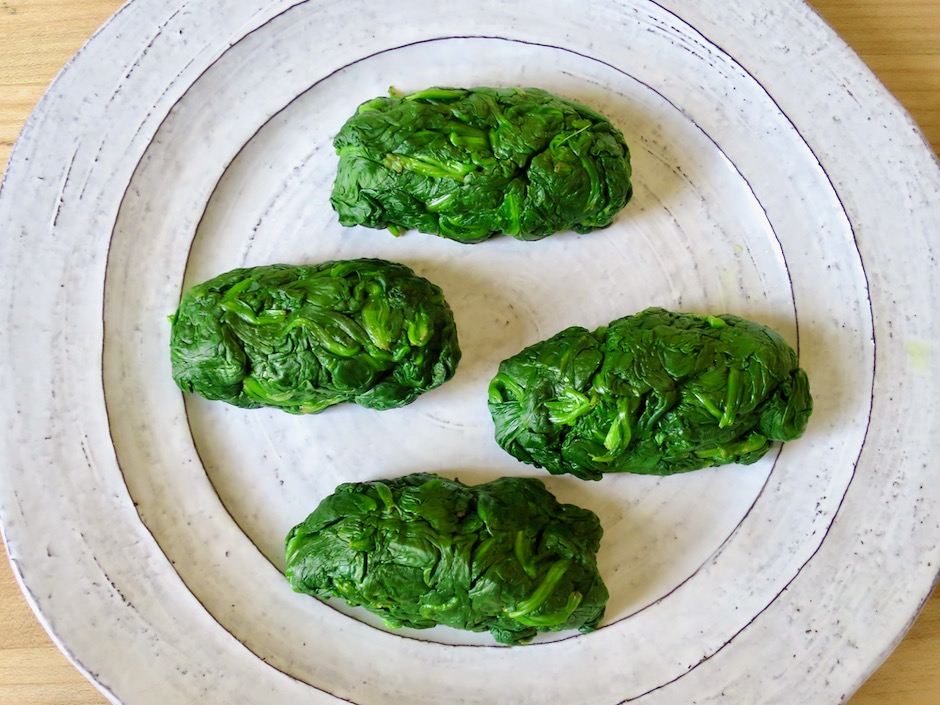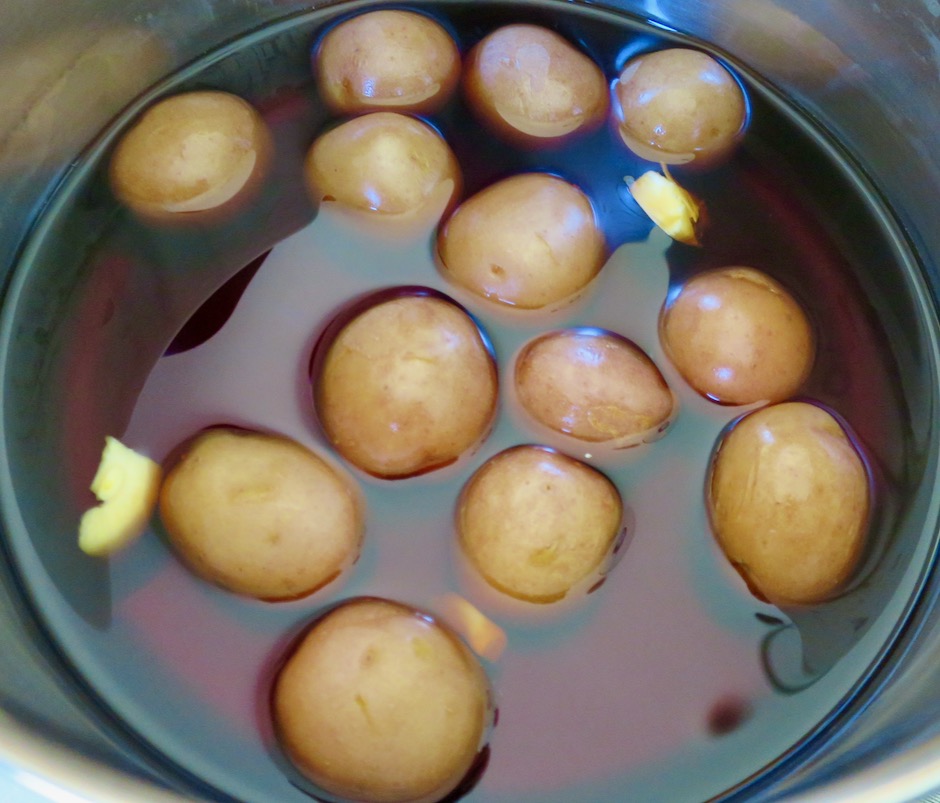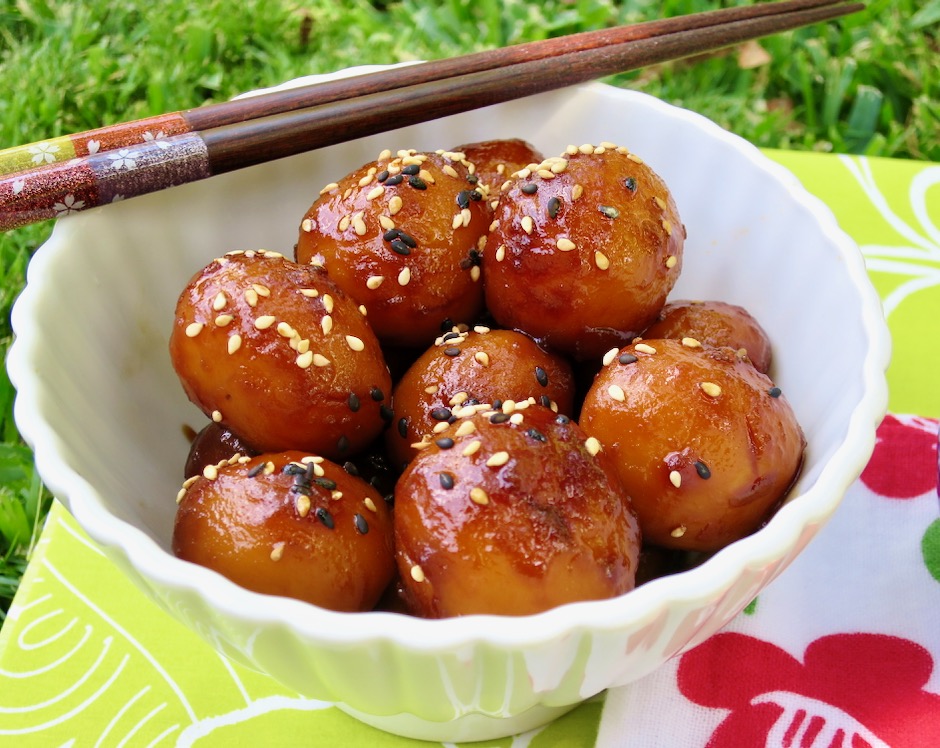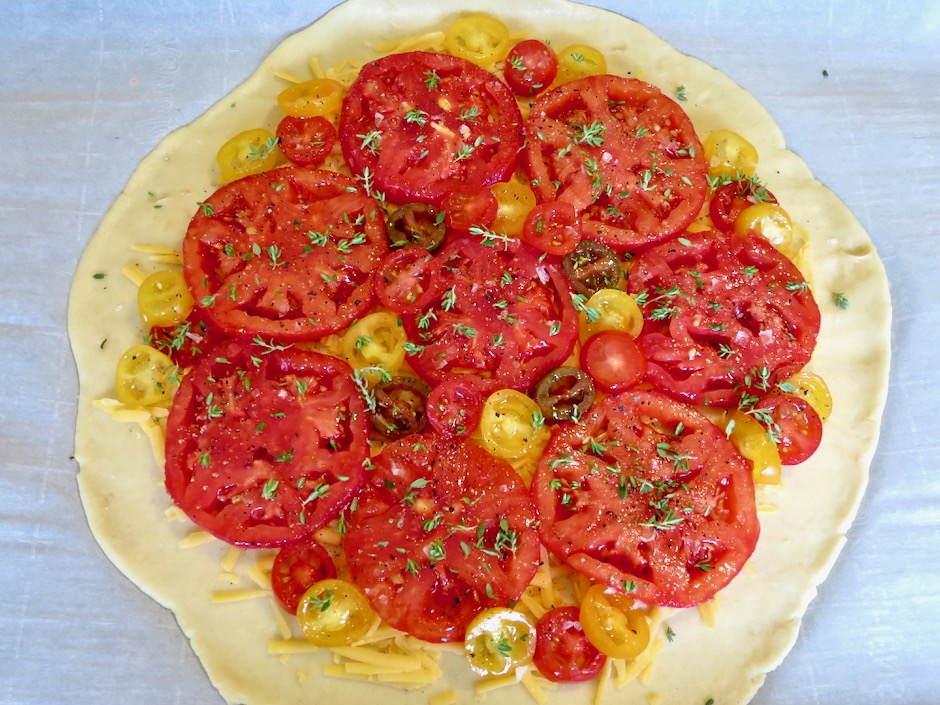
These crunchy cauliflower pickles are now a staple alongside the cucumber and green bean pickles we regularly make. Their crisp texture and tangy flavor are addictive. Our homemade sandwiches are always served with a side of pickles.

Turmeric gives these cauliflower pickles their vibrant color. Not only are they beautiful to look at, they are incredibly tasty. With just a few ingredients and a bit of patience, these crunchy pickles will become a favorite of yours.

A little turmeric goes a long way. Be careful when using turmeric with plastic and rubber utensils as the turmeric can stain them. If you have a light colored work surface it is best to place a mat or cutting board on your counter to avoid the risk of staining them. Sometimes I use a clean paper grocery bag as my work surface. It will soak up small drips that may have accidentally have fallen when transferring the cauliflower and brine to the pickle jar.

Thinly sliced garlic, a few lemon slices, and black peppercorns are placed on the bottom of the jar before adding the cauliflower and brine.

Top the cauliflower with a slice or two of lemon. Let cool for a bit, cover and refrigerate until thoroughly chilled.
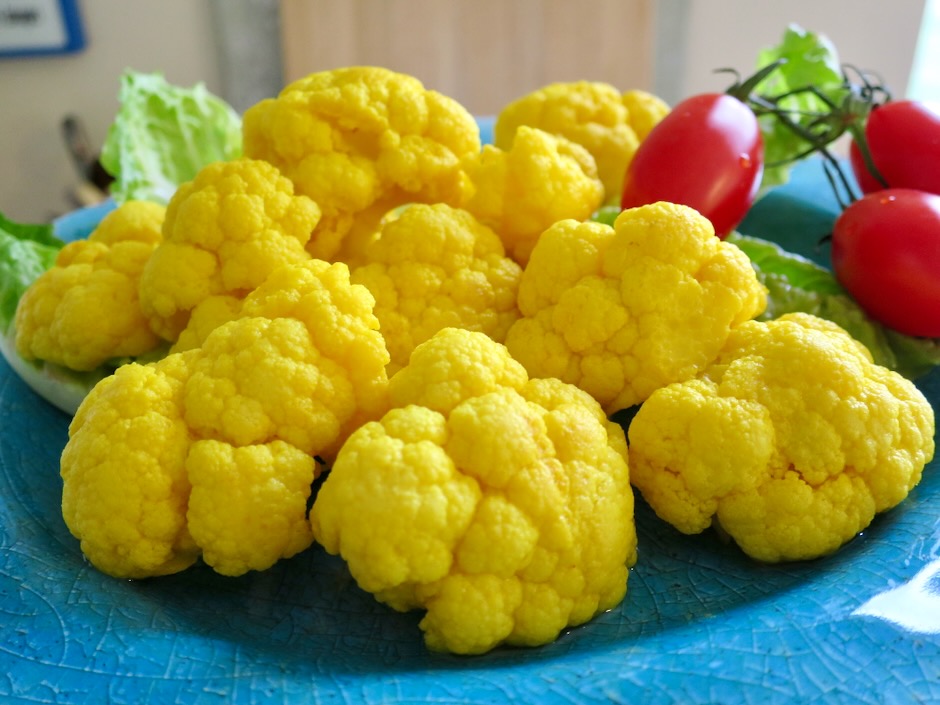
These beauties are perfect to serve as an appetizer with cheese, salami and crackers or simply served with your favorite sandwich.

Turmeric Pickled Cauliflower
Recipe adapted from Vanns Spices. Makes approximately 1 quart.
Ingredients
1 medium head cauliflower, about 1 3/4 pounds
1 1/2 cups distilled white vinegar
1 1/2 cups filtered water
1 1/2 teaspoons ground turmeric
2 teaspoons kosher salt
2 teaspoons granulated sugar
4 lemon slices
3/4 teaspoon whole black peppercorns
2 medium garlic cloves, peeled and thinly sliced
Directions
- Rinse cauliflower and cut into small florets. Remove as much of the stem as possible.
- Combine vinegar, water, turmeric, salt, and sugar in a medium saucepan (large enough to hold the cauliflower florets) and bring to a boil over medium-high heat.
- Place two slices of lemon on the bottom of a clean quart jar, followed by the garlic and peppercorns.
- When the brine comes to a boil, add the cauliflower and stir, trying to get as much of the cauliflower submerged in the brine as possible. Bring back to a rolling boil. Turn off heat, and transfer cauliflower florets to the jar using tongs (A canning funnel works great if you have one).
- If you prefer a clearer brine, strain it using a double layer of cheese cloth placed over a small strainer. Pour brine into the jar making sure all of the cauliflower is submerged. Top with the remaining two slices of lemon.
- Cap the jar and allow to sit on the countertop until cooled to warm or room temperature. Transfer to the refrigerator. The pickles will be ready to eat in 24 hours.


